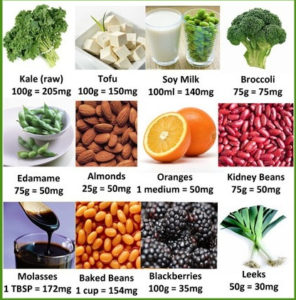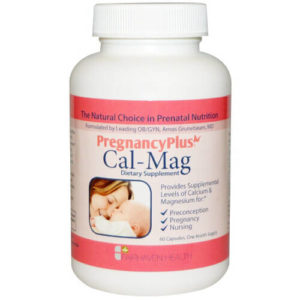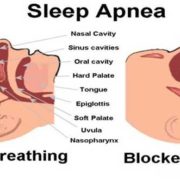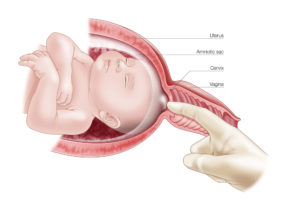Calcium During Pregnancy
When you’re pregnant, your developing baby needs calcium to build strong bones and teeth. Calcium also helps your baby grow a healthy heart, nerves, and muscles as well as develop a normal heart rhythm and blood-clotting abilities.
Your body will do whatever it needs to take care of your baby, including stealing. Your body actually takes calcium from your own bones or teeth to give it to your little one. So if you want your bones and teeth to stay strong, you need to get extra calcium while your baby’s growing inside you.
What Calcium Does for You
It’s common knowledge that calcium is crucial for proper fetal bone and teeth development. But were you aware that you and your baby need calcium to maintain a normal heartbeat? Besides building teeth and bones, calcium also keeps your blood and muscles moving and helps your nerves send messages from your brain to the rest of your body.
Calcium You Need During Pregnancy
Your body can’t make calcium, so you need to get it from food or supplements. While you’re pregnant, try to get at least 1,000 mg of calcium every day. If you’re 18 or younger, then you need at least 1,300 mg of calcium every day.
Dietary sources of calcium 
- Yogurt, 8 oz, plain low-fat: 415 mg
- Orange juice, 6 oz of calcium-fortified OJ: 375 mg
- Sardines, 3 oz canned with bones in oil: 325 mg
- Cheddar cheese, 1.5 oz: 307 mg
- Milk, 8 oz nonfat: 299 mg
- Tofu, 1/2 cup, firm, made with calcium sulfate: 253 mg
- Salmon, 3 oz canned with bones: 181 mg
- Cereal, 1 cup of calcium-fortified types : 100 to 1,000 mg
- Kale, 1 cup, cooked: 94 mg
- Soy beverage, 8 oz, calcium-fortified: 80 to 500 mg:
- Bok choy, 1 cup, raw: 74 mg
Here are a few examples on how to reach that 1,000 mg goal: Drink 3 cups of milk or calcium-fortified orange juice or choose a cereal that has 1,000 mg of calcium.
Know About Calcium Supplements
 Whether you were calcium deficient prior to pregnancy and if you’re having trouble meeting your RNI with food alone. Before popping calcium pills, make sure to talk to your GP first and have a dietitian review your current diet.
Whether you were calcium deficient prior to pregnancy and if you’re having trouble meeting your RNI with food alone. Before popping calcium pills, make sure to talk to your GP first and have a dietitian review your current diet.
An excessive calcium intake (from supplements) can harm your baby: some babies fail to thrive, while others suffer from various symptoms ranging from mild constipation, muscle weakness to severe seizures. According to studies, excess calcium intake can also hinder the absorption of other minerals such as iron, magnesium, and zinc which are also essential for both mother and child.
Calcium supplements come in two forms: carbonate and citrate.
- Calcium carbonate is less expensive and works best if you take it with food.
- Calcium citrate works just as well with food or on an empty stomach.
Many calcium supplements also contain vitamins D, which helps your body absorb calcium.
Limit to 500 mg at a time. To make sure your body absorbs the most calcium possible, take only 500 mg of calcium at a time. For example, this might mean taking a 500 mg supplement with breakfast and another with dinner.
The information, including but not limited to, text, graphics, images and other material contained on this website are for informational purposes only. The purpose of this website is to promote broad consumer understanding and knowledge of various health topics. It is not intended to be a substitute for professional medical advice, diagnosis or treatment. Always seek the advice of your physician or another qualified healthcare provider with any questions you may have regarding a medical condition or treatment and before undertaking a new health care regimen, and never disregard professional medical advice or delay in seeking it because of something you have read on this website.
Resources:
https://www.webmd.com/baby/get-the-calcium-you-need-during-pregnancy#1



































